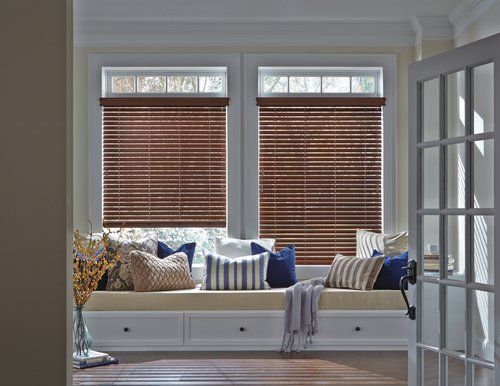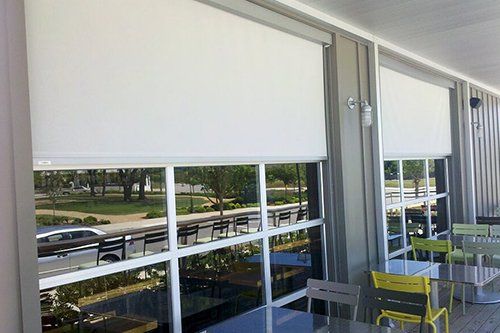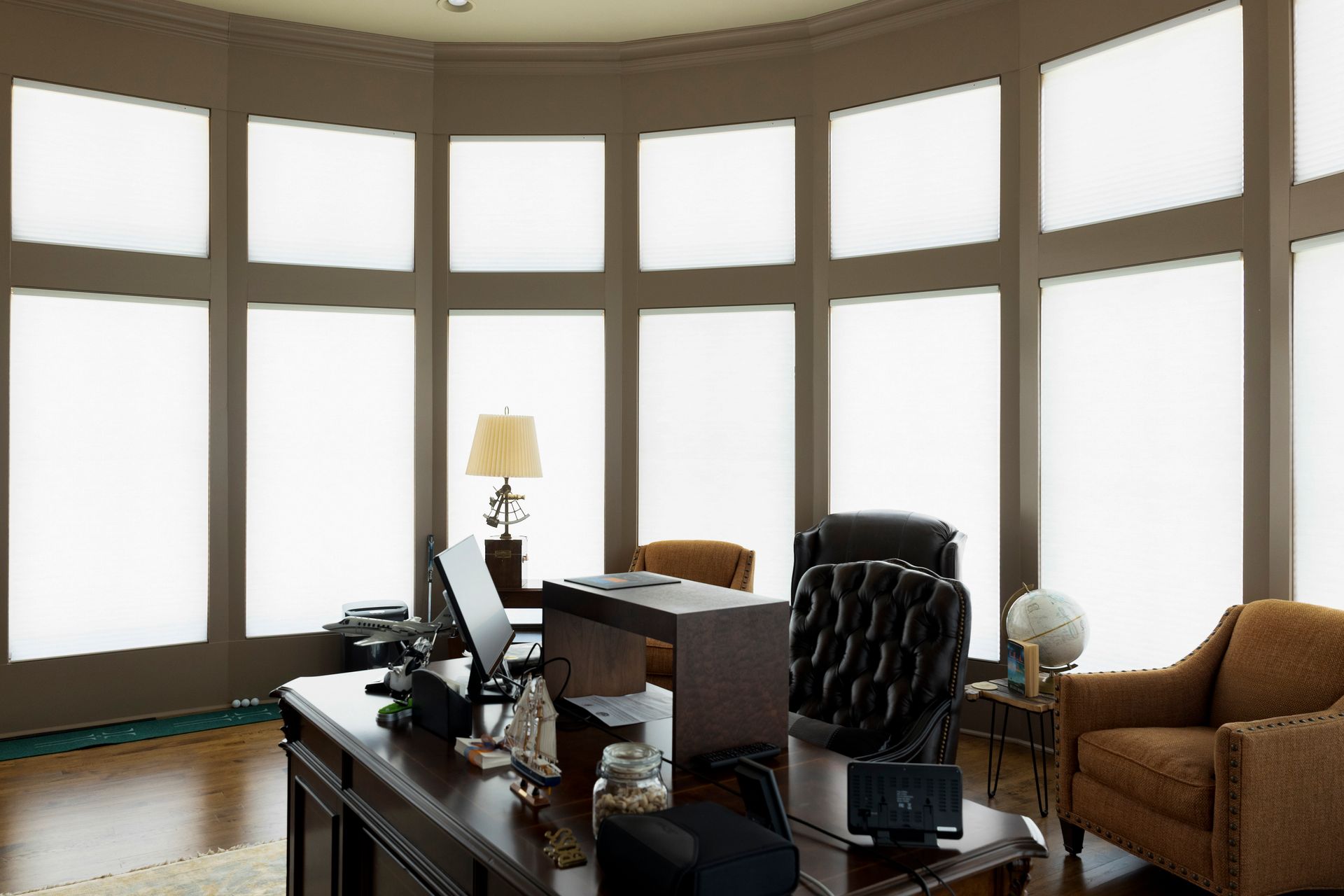
Windows enhance the beauty of your home, illuminate and air rooms. How you dress your windows depends on many factors. When it comes to blinds, you have material options. There is wood, aluminum, plastic and faux wood blind options. You like the look of wood, but there is faux wood too. So why should you choose real wood vs. plastics/faux?
Classic Beauty
Nothing beats the classic luxury of real wood. Faux wood blinds imitate the grain which is the reason people love real wood. An imitation is a great option, but nature gave trees a randomness in the grain and color variation in the wood. The random differences in grain markings and variety of color and depth make real wood unmatched.
Weight, Size and Width of blinds
Faux wood is easier to clean and come in many colors. Real wood is lighter than faux wood. Since real wood is lighter it is used in longer widths for larger windows instead of faux wood. Real is less likely to crack and be brittle, however, in bright sunny windows and high humidity faux blinds hold up better.
Matching trim, Molding, and Décor
Most homes have natural wood trim around the bottom of the walls and above the floor. The most likely way to achieve a balanced and cohesive look in a room is to choose natural wood blinds over faux wood blinds.
Molding is the wood trim at the top of your walls at the ceiling. Molding is close to the tops of windows and your eye is more likely to pick up any difference between the natural wood of molding and faux wood molding. When using wood molding most people choose natural wood blinds so consistency goes throughout the home.
When you have natural wood furnishings, such as, tables, bookcases, cabinets and flooring, natural wood blinds are a natural choice. Faux wood blinds would look unnatural and stand out. The extra cost of wood blinds is a good investment when you already have natural wood in your home.
Sustainability and Environmental Impact
Natural wood blinds come from natural wood harvested. Using trees like oak, which do not grow quickly, is thought to be a bad choice in the material due to lack of sustainability. Another natural wood like bamboo is becoming more popular and a better choice. Bamboo is easily and quickly grown which makes it a sustainable wood option. Bamboo is also resistant to humidity and temperature changes. Natural wood is biodegradable and easily disposed at the end of useful life. Natural wood is also an excellent natural insulator again the heat of summer and cold of winter.
Faux wood blinds are made using chemicals to bind and seal, which are considered environmentally unsafe. Disposing of old faux wood blinds is a concern since they are not recyclable in most cases.
The Natural Choice: Real Wood Blinds
Nothing matches the rich luxurious look of real wood blinds. Real wood blinds are biodegradable, lightweight and blend in with your trim, molding, and furnishings. Bamboo is an excellent choice for you when you are looking for a sustainable real wood option.
For more information on real wood or faux wood blinds and many home enhancing blind options ask the company who has served central Alabama for over 30 years, Just Blinds. Contact us for a free on-site consultation and talk to the Just Blinds professionals about your window options in blinds, shutters, shades and other window treatments.
Expert Advice by Just Blinds


